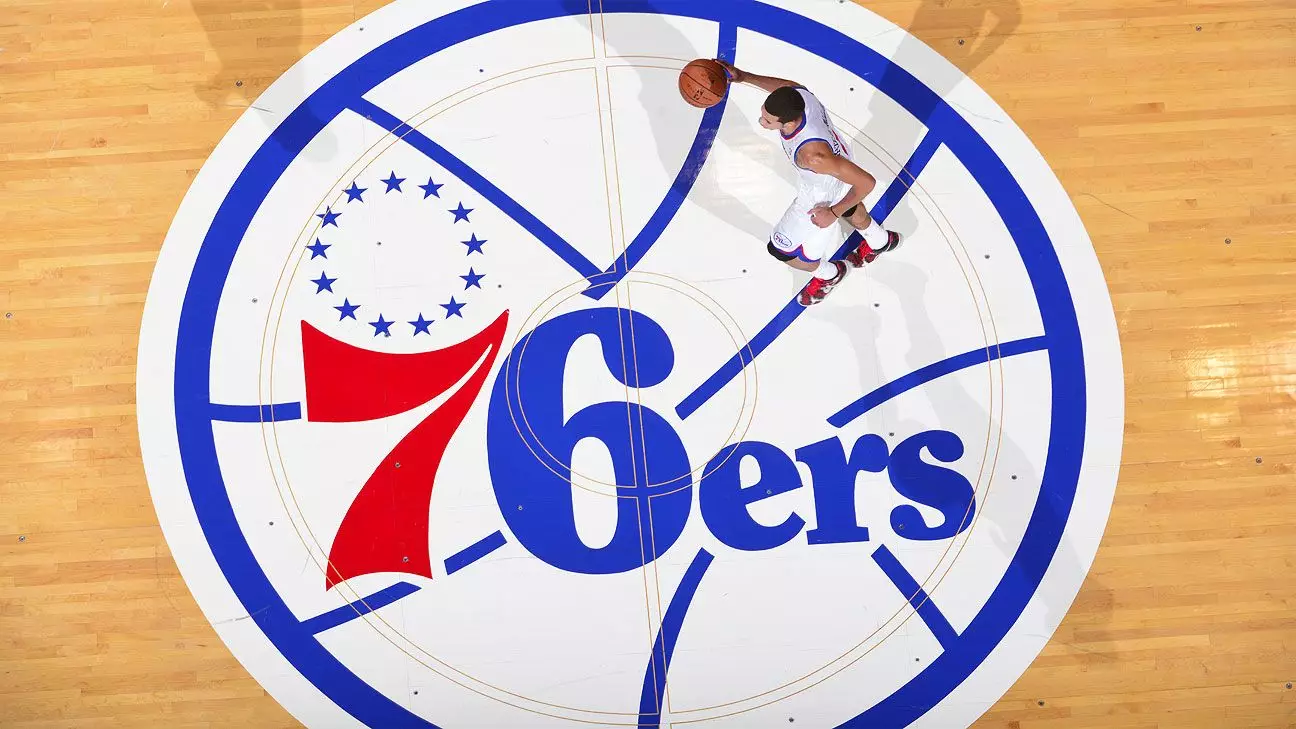In a significant yet controversial move, the Philadelphia 76ers appear set on cementing their future in the city with a proposed $1.3 billion arena. Announced by Mayor Cherelle Parker, this agreement seeks to anchor the NBA franchise downtown, much to the dismay of residents in the nearby Chinatown. While the development promises economic rejuvenation, it also raises questions about community impact, historical preservation, and the values of inclusivity and diversity in urban planning.
Mayor Parker was enthusiastic during her announcement, describing the agreement as “historic” and aligning it with the needs of the city at large. However, her sentiments contrast sharply with the apprehensions voiced by Chinatown residents, who have been vocal about the challenges posed by prior urban developments. This latest proposal follows a statewide competitive offer from New Jersey, which touted $400 million in tax incentives to lure the 76ers across the river—a ploy designed to highlight the pressures exerted on Philadelphia by surrounding regions.
The vision for the proposed “76 Place” alights upon hopes of revitalizing a floundering retail district near City Hall. Team owners project that the new arena will serve a dual purpose—acting as the home to the Sixers while also providing a venue for concerts and other events. Josh Harris, the team’s managing partner, emphasizes that the privately funded facility will priorititize investments in equity and accessibility.
Despite these promising words, residents of Chinatown are not convinced. For decades, the community has endured disruptions due to urban expansion, with many feeling that their voices have been overlooked in favor of economic incentives. Activists argue that new developments threaten their safety and accessibility, exacerbating vehicle traffic in a neighborhood they have fought tirelessly to maintain as a pedestrian-friendly space. The specter of gentrification looms large, as the influx of development could push vulnerable populations—particularly low-income families and longtime residents—out of the area.
Chinatown advocates have mobilized in response to the proposed arena, escalating their protests to City Hall. Carrying homemade lanterns to symbolize the community’s struggle to remain visible amid the encroachment of development, residents seek to rekindle Mayor Parker’s attention towards their mounting concerns. Debbie Wei of the Save Chinatown Coalition articulated the sentiment: “The mayor alone should not decide whether our community should live or die.” Such assertions reflect a deeper anxiety about political decision-making that sidelines marginalized voices.
Compounding these concerns, Chinatown is only just beginning to recover from the adverse effects of infrastructure that severed the community in the early 1990s. The recent allocation of $159 million toward a park above a previously sunken expressway represents a critical attempt to reconstruct community ties that have suffered for decades. The irony of a new sports arena potentially unraveling these hard-won gains is not lost on residents.
Mayor Parker, who took office amidst this contentious debate, faces the difficult task of balancing economic ambitions with the legitimate rights of the city’s diverse populations. Her commitment to “working together” with Chinatown is a concept that remains to be seen in practice. Community voices demand a participatory process where their concerns are prioritized, not sidelined as mere collateral damage in favor of financial gain.
As Comcast Spectacor, which operates the Sixers’ current venue, remains aligned with the city’s overall growth is yet another layer in this unfolding narrative. Their desire to enhance the South Philadelphia area—including the Sixers’ future—further complicates the conversation around urban development in Philadelphia.
As negotiations proceed to the city council stage, the outcome remains uncertain. Will the voices from Chinatown be heard in the decision-making process, or will economic urgency continue to overshadow community welfare? This debate encapsulates a broader question facing many metropolitan areas: How do we balance progress and development with the needs of existing residents? With activists vowing to continue the fight against the proposed arena, Philadelphia finds itself at a crossroads, one that could shape the city’s identity for decades to come.


Leave a Reply